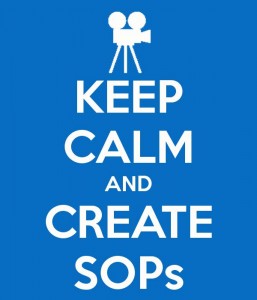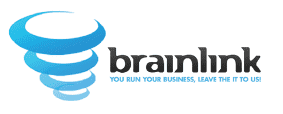
We recently acquired a client with a very vibrant staff that is a joy to work with, lots of technology, and a very open culture of sharing…except in the IT department.
The previous IT director was/is a brilliant guy who solved some very thorny business problems with very clever technology (their marketing platform involves 7 vendors, each feeding into the next platform with exceptional reporting, incredible ROI and massive profitability for our client!).
He had one major blind spot however – due to his technical brilliance, he didn’t document a LOT of “obvious” processes.
Everything from “How to setup a new employee on GMAIL” to “How to redirect email for ex-employees to a new hire” to “The 9 accounts each employee needs” to “How to setup Printer 15 on OSX”.
Now, you may be thinking “Well DUH, Raj, those are obvious. Any tech can do that work” and I agree with you – any tech should be able to do this work. However, without proper documentation, it leads to downtime, staff frustration and wasted time.
For example:
Prior to developing the NEW HIRE SETUP SOPs, it took 2 weeks to setup a new employee (1st request: setup email for JANE DOE; 2 days later – “can I have access to TEAM CHAT and BILLING SOFTWARE?”; 4 days later “Hey, I’m using Mike’s CRM login, can I have mine please?”)
In each case, Jane did the right thing – she kept filing tickets and asking for what she needed next.
However, at the same time, Jane’s onboarding experience was frustrating, the client’s company culture looks like a mess to a new hire, and the confidence Jane has in her company’s products and services, and the confidence she exudes to their clients is weakened.
All because no one thought to document the “obvious” SOPs. Having a new employee be frustrated or ineffective for 2 weeks is an expensive waste of human, financial and organizational capital.
POST NEW HIRE SETUP SOPs:
We built 7 SOPs for this client: SOPs to create accounts in GMAIL, TEAMCHAT, MARKETING APP, CRM, BILLING, PRINTER CODES, SECURE PASSWORD PORTAL
Now, a new hire setup takes 2 hours.
That means, the new employee gets to work quicker, is happier, more productive and the faith she has in her employer’s expertise and professionalism radiates in her interactions with her clients.
The questions I’d like you to answer are: Are you creating the “obvious” SOPs? Or are you making your staff & clients suffer needlessly?
If you want to have a discussion on establishing an SOP CULTURE, or need help in creating your “obvious” and “non-obvious” SOPs, give me a call at 917-685-7731.
